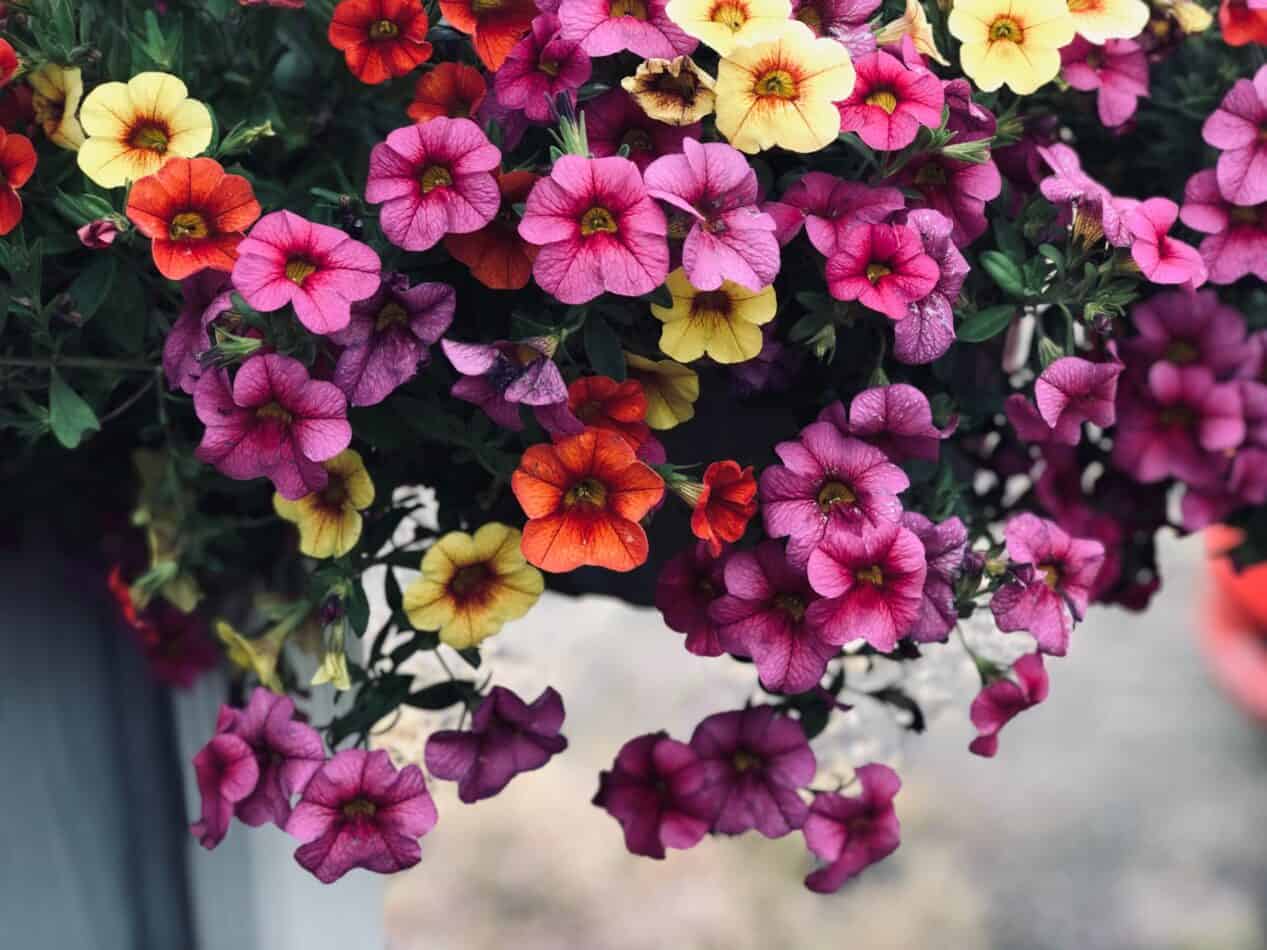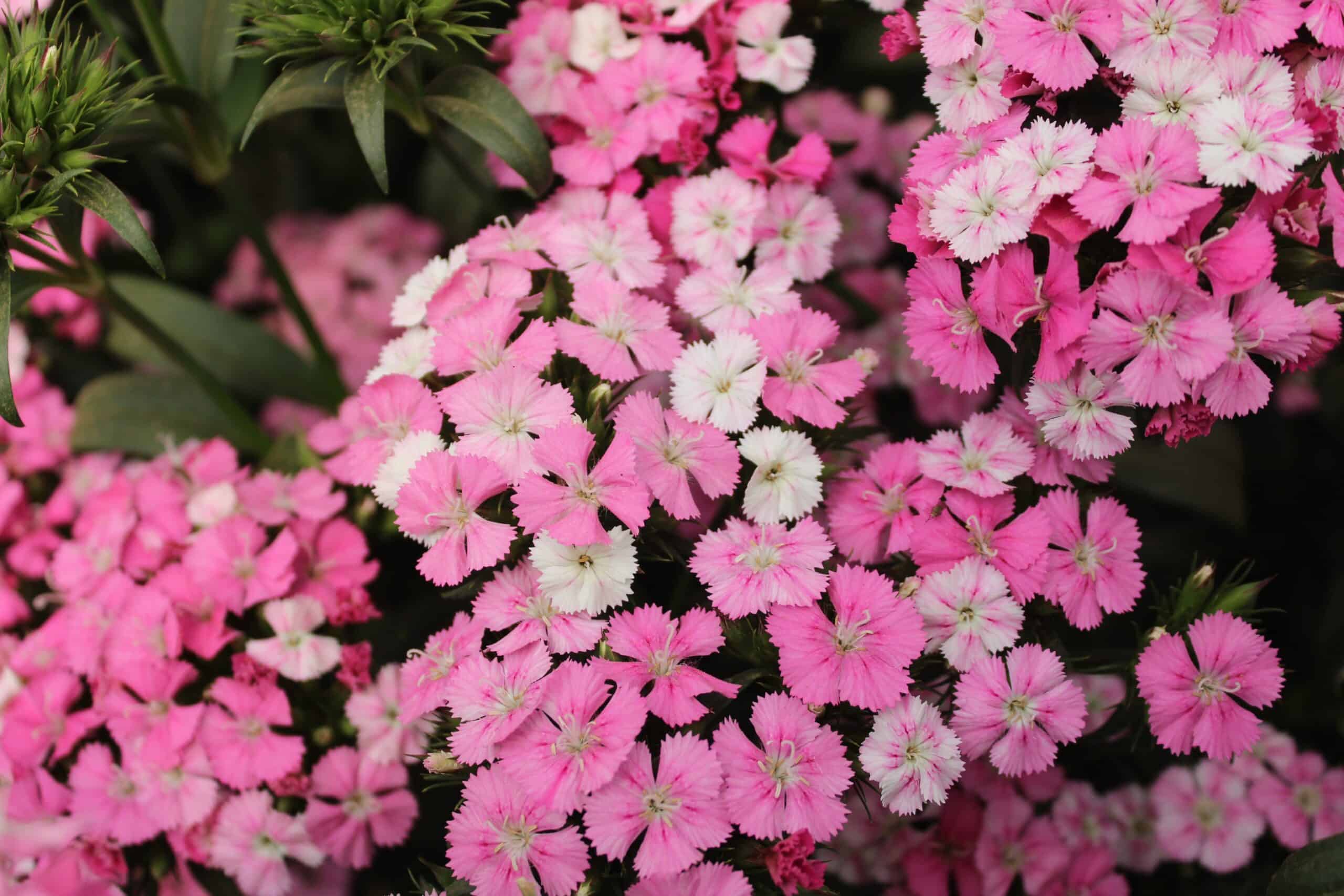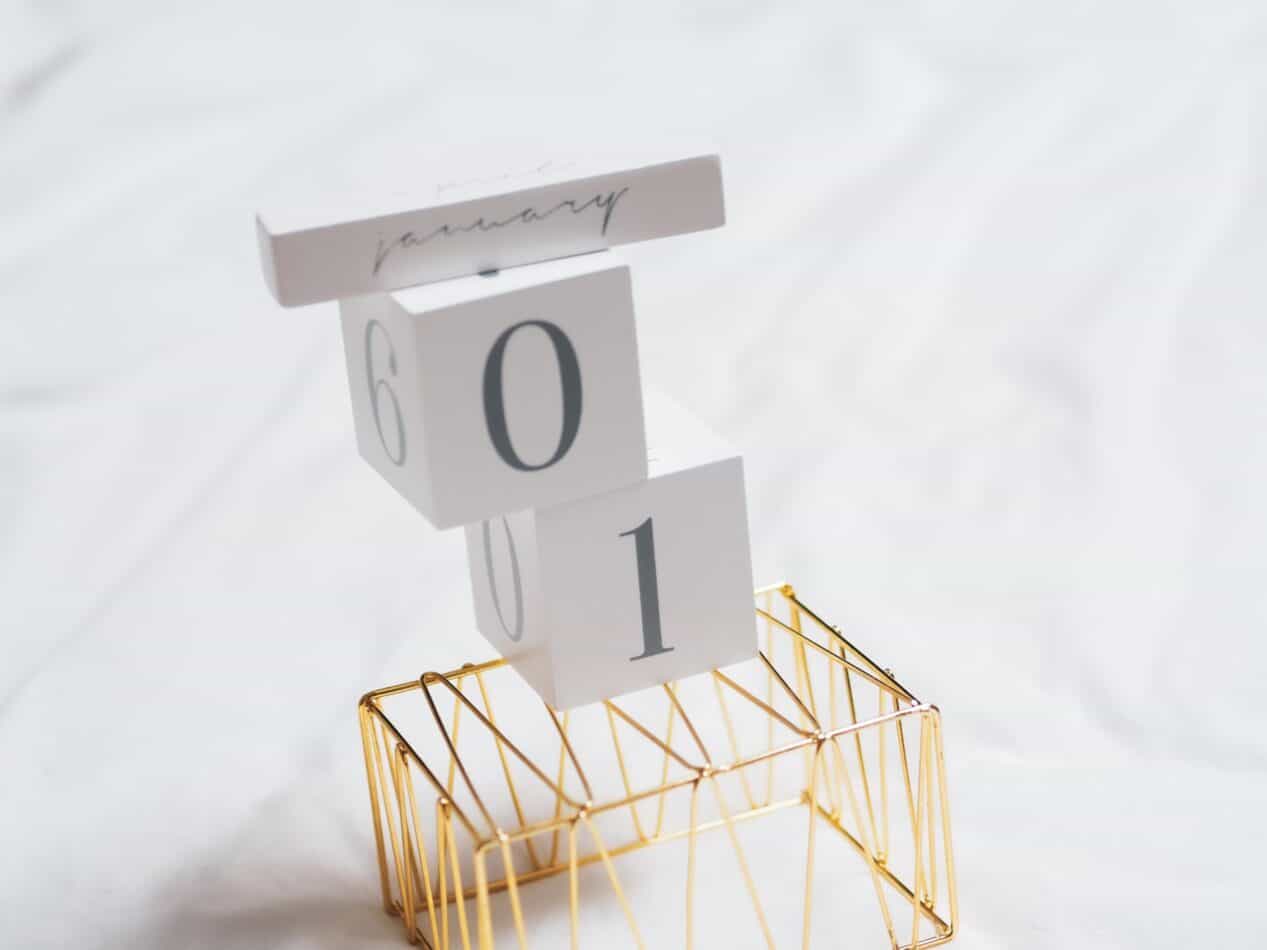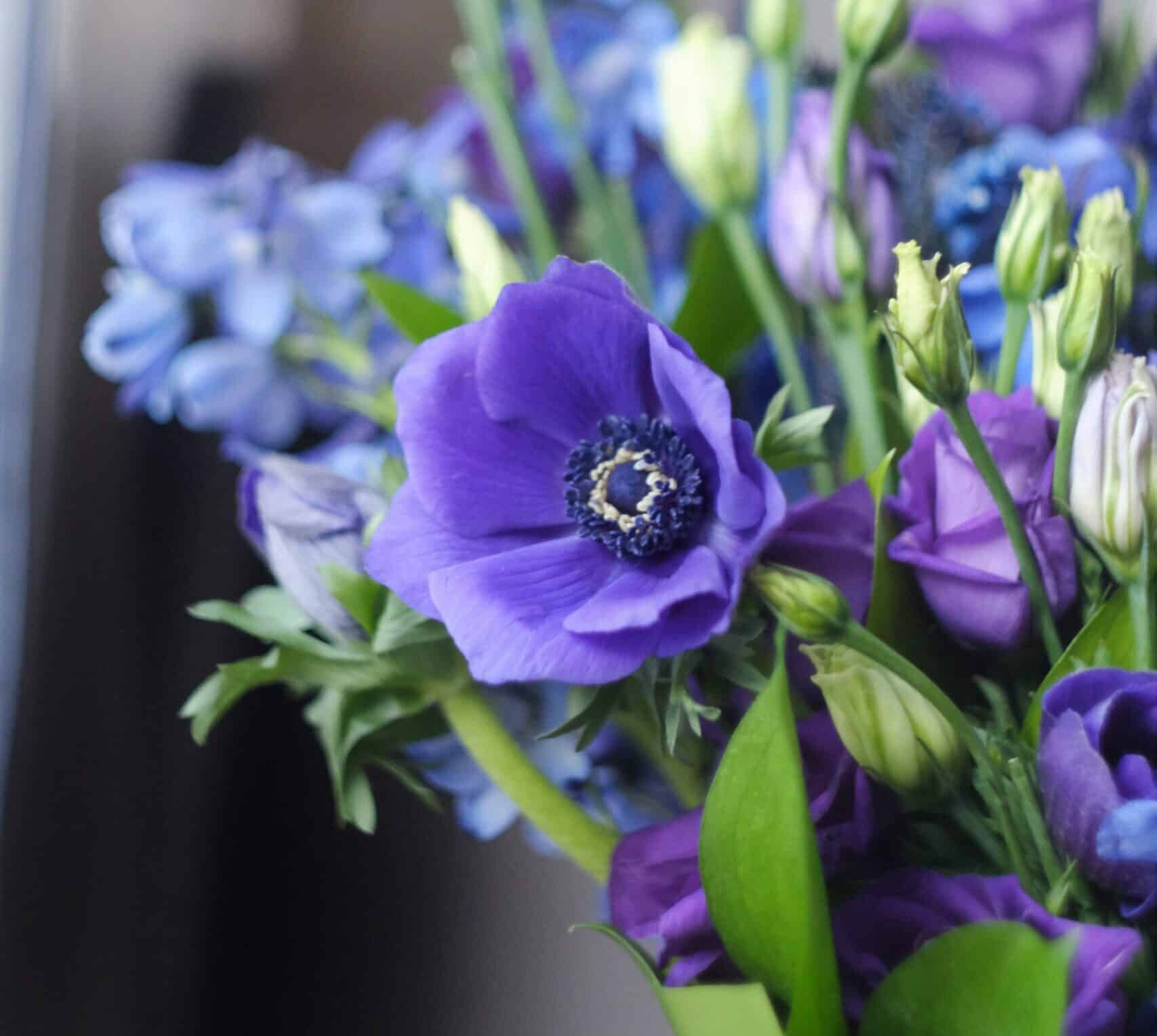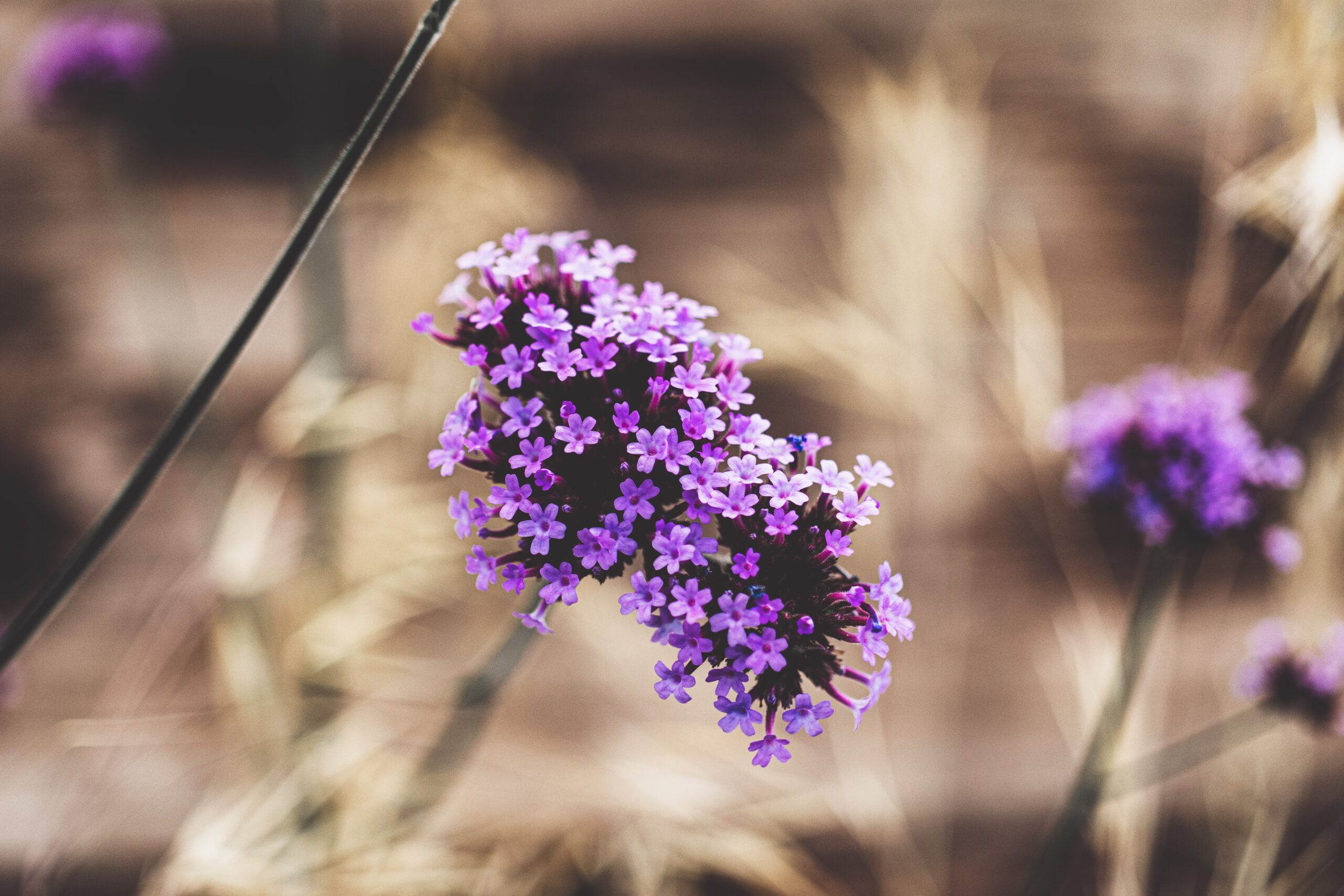February is considered the month of love because Valentine’s Day occurs in the middle of the month. Red roses are celebrated this month and are the biggest sellers for florists, but they are not the February birth flower.
Violets and primroses are the birth flowers for this second month of the year, and neither has anything to do with Valentine’s Day. Not many flowers bloom during the cold of winter and early spring, but violets and primroses are two plants that produce blooms in the cold.
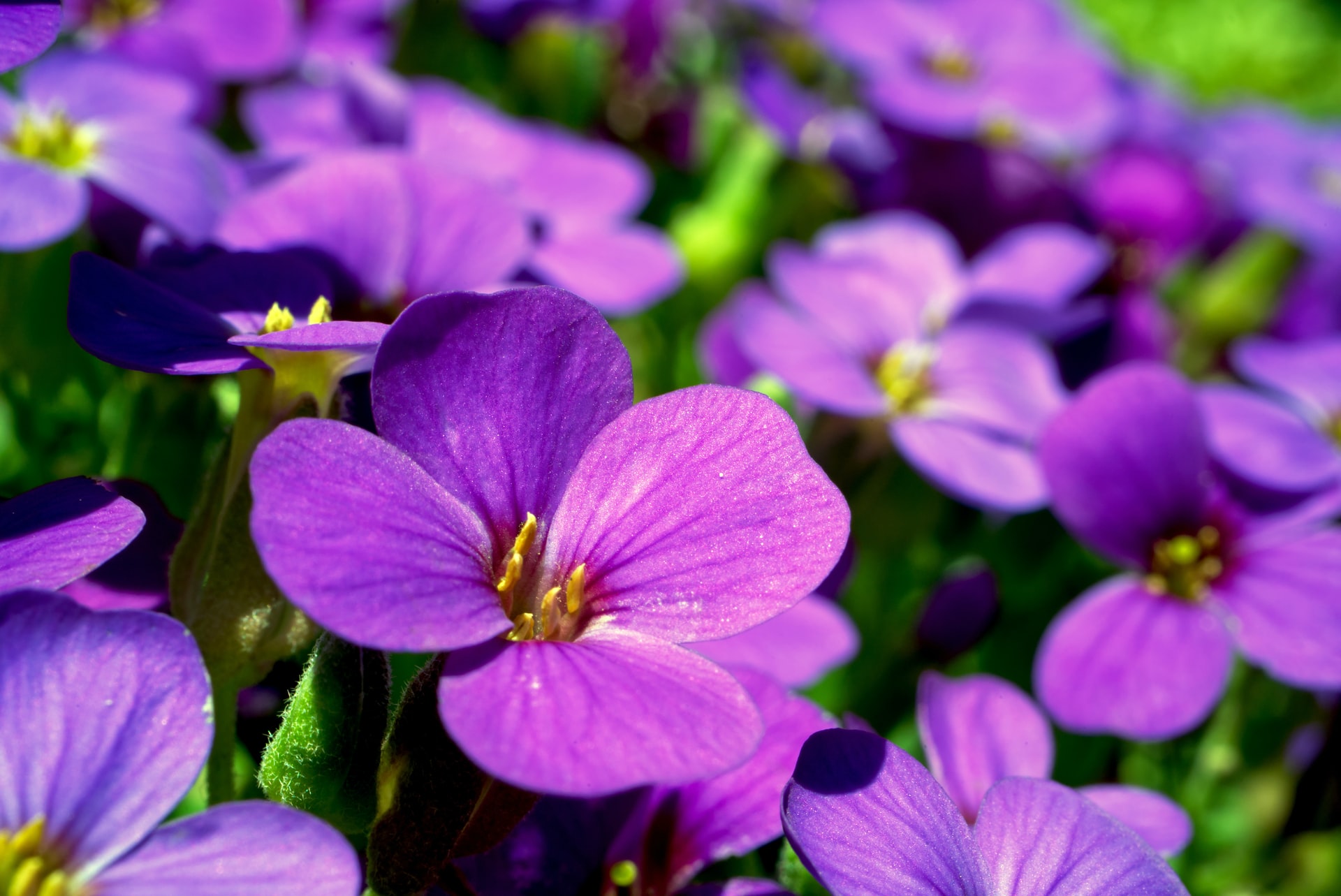
Violets
Violets are small plants that are native to woodland areas. The plants have heart-shaped leaves and asymmetrical flowers. Not all blooms are violet, even though the plant name suggests they are. The plant produces blue, yellow, white, cream, and bi-color blooms.
Violet Meaning
- Violets mean modesty, faithfulness, everlasting love, innocence, and remembrance. Each bloom color also connotes a different meaning.
- Blue blooms mean faith, affection, intuition, and love
- White violets mean innocence.
- Pale purple blooms mean that the giver was consumed with thoughts of love for the recipient.
- Yellow blooms mean friendship, joy, and happiness.
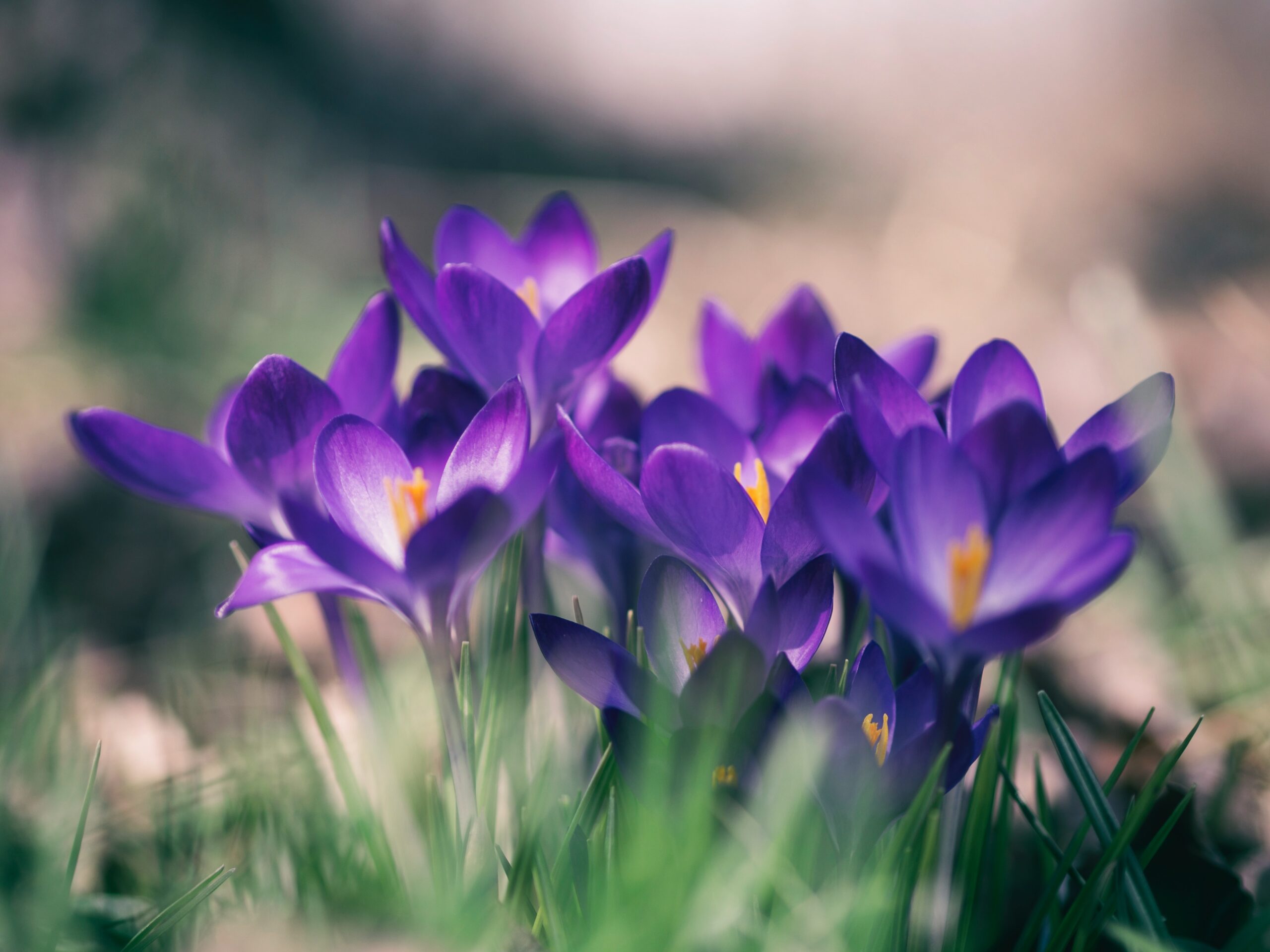
Symbolism
- An infusion of violets heals a broken heart.
- Carrying violets keep evil spirits away.
- Wearing violets on your head prevents you from becoming intoxicated while drinking.
- Place violet blooms under your pillow for a restful night’s sleep.
- A mixture of violets and lavender make potent love potions.
- During the Victorian era, the Queen loved to drink violet tea with honey or have the flowers prepared into syrup.
- Violet Legends
- Napoleon loved violets and always wore a locket of them picked from Josephine’s grave. Before her death, Josephine had a large garden filled with violets and always wore the flowers on their anniversary. Thanks to Josephine, French people came to choose violets as an emblem.
- A Greek legend tells us that Zeus loved a woman named Io. Out of fear of Hera’s vengeful jealousy, Zeus turned Io into a cow and created a field of blooming violets for her to eat for all eternity.
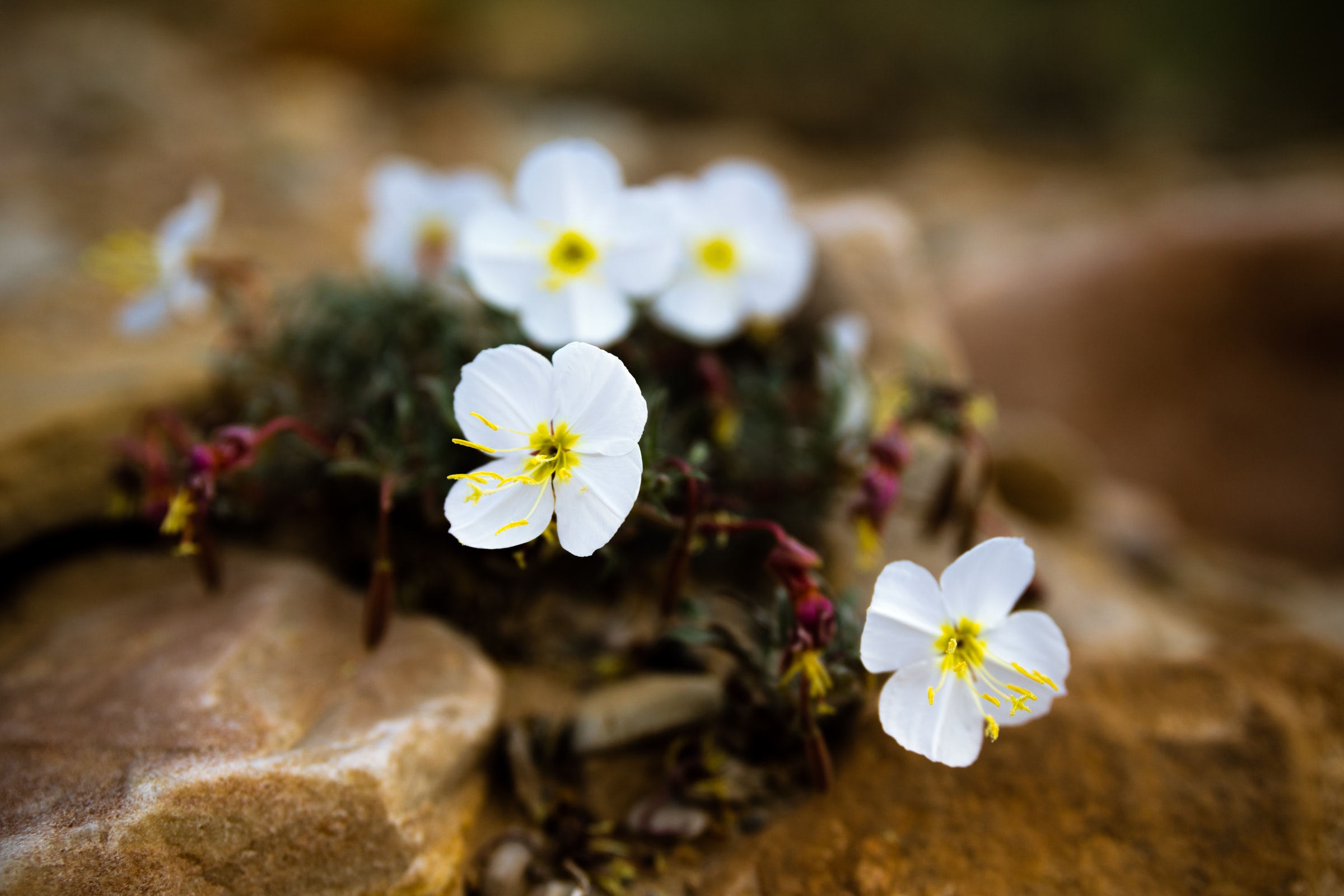
Primroses
Primroses are not related to roses but are tiny perennials that produce colorful blooms in the spring. The plants grow best in cool weather and partial shade, often called Cowslips.
Meaning
- The blooms have the basic meaning of protection, safety, and love.
- The flower means femininity, and each petal represents a different stage of a woman’s life.
- In the Victorian era, primroses meant young love.
- Giving the plant means the giver can’t live without the recipient.
- White primrose means sadness and mourning.
- Yellow blooms mean happiness and joy. Pale yellow primroses were used to represent the golden demeanor of the goddess of love.
- Red primroses mean love and passion.
- Pink primroses mean young love.
- Purple blooms mean confidence.
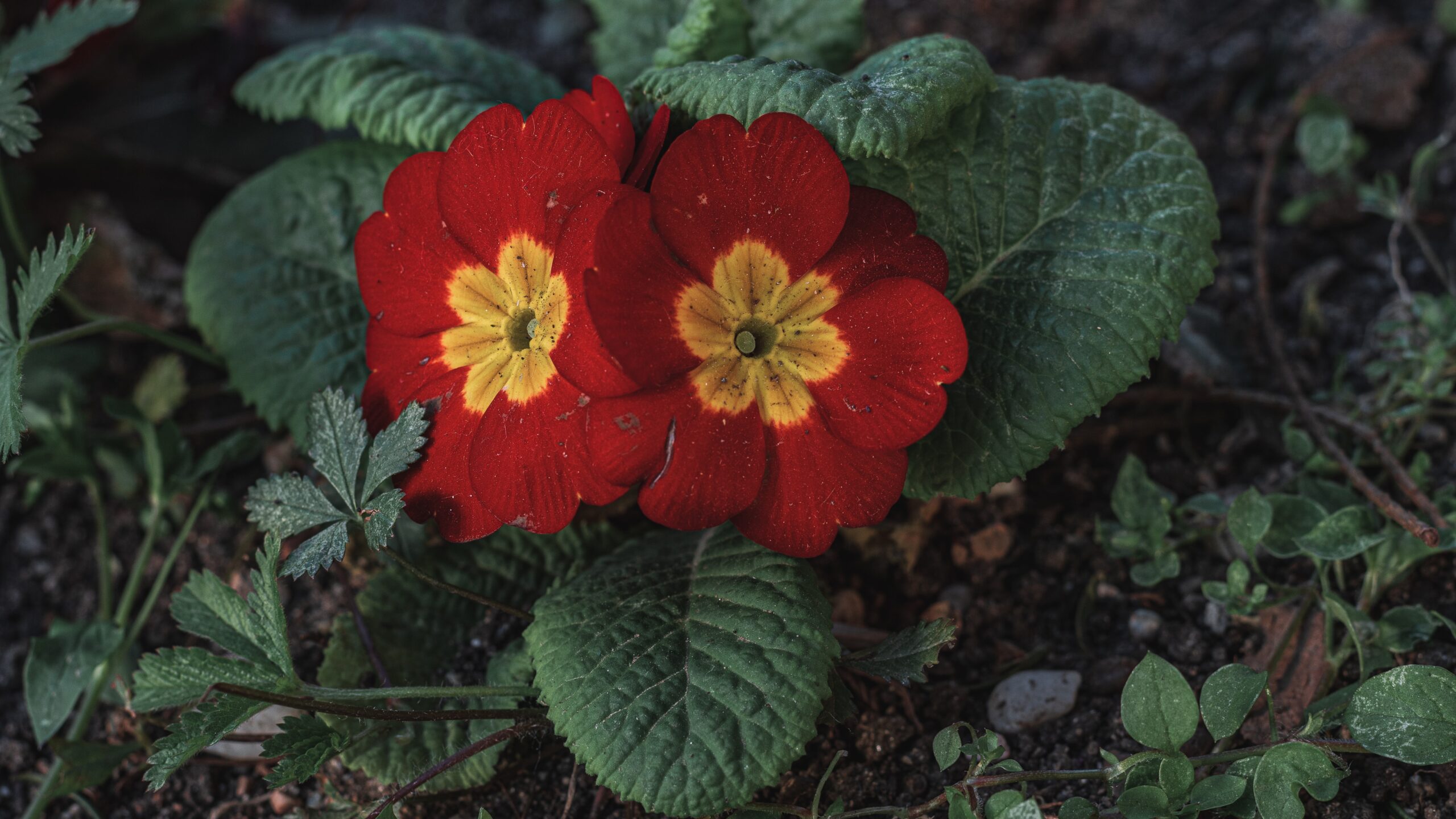
Primrose Legends
- Ancient Celts believed that large patches of primrose flowers were a gateway to the fairy realm. It was commonly believed that you would see a fairy if you ate a primrose.
- Some cultures believe that rubbing primroses on the udder of a milk cow would increase milk production and protect butter from being stolen.
- An Irish legend says that rubbing a primrose leaf on an aching tooth would relieve a toothache.
- Norse legend tells us that Freya is the goddess of love, and the primrose is her sacred bloom. The ceremonies and rituals were held to honor her; primrose petals were displayed on her altars.
- English legends say that if you bring these flowers into your home, they must be in groups of 13. Any more or any less will cause bad luck.
- April 19th is known as Primrose Day in England to honor the country’s former Prime Minister Benjamin Disraeli. Each year, visitors to Westminster Abbey lay the flowers at his statue.
What we love from Amazon this week
Buy these wonderful flowers directly from Amazon:







